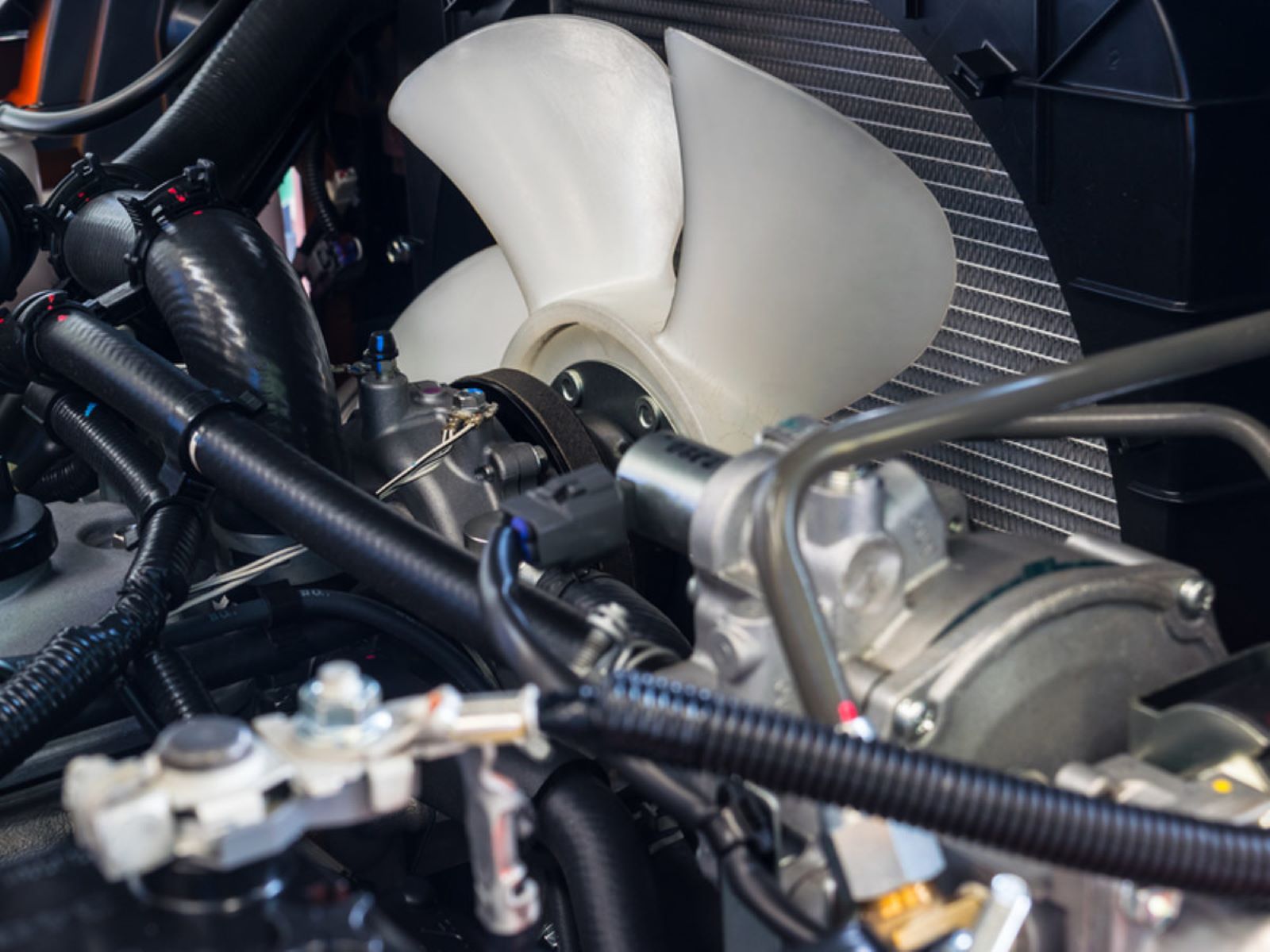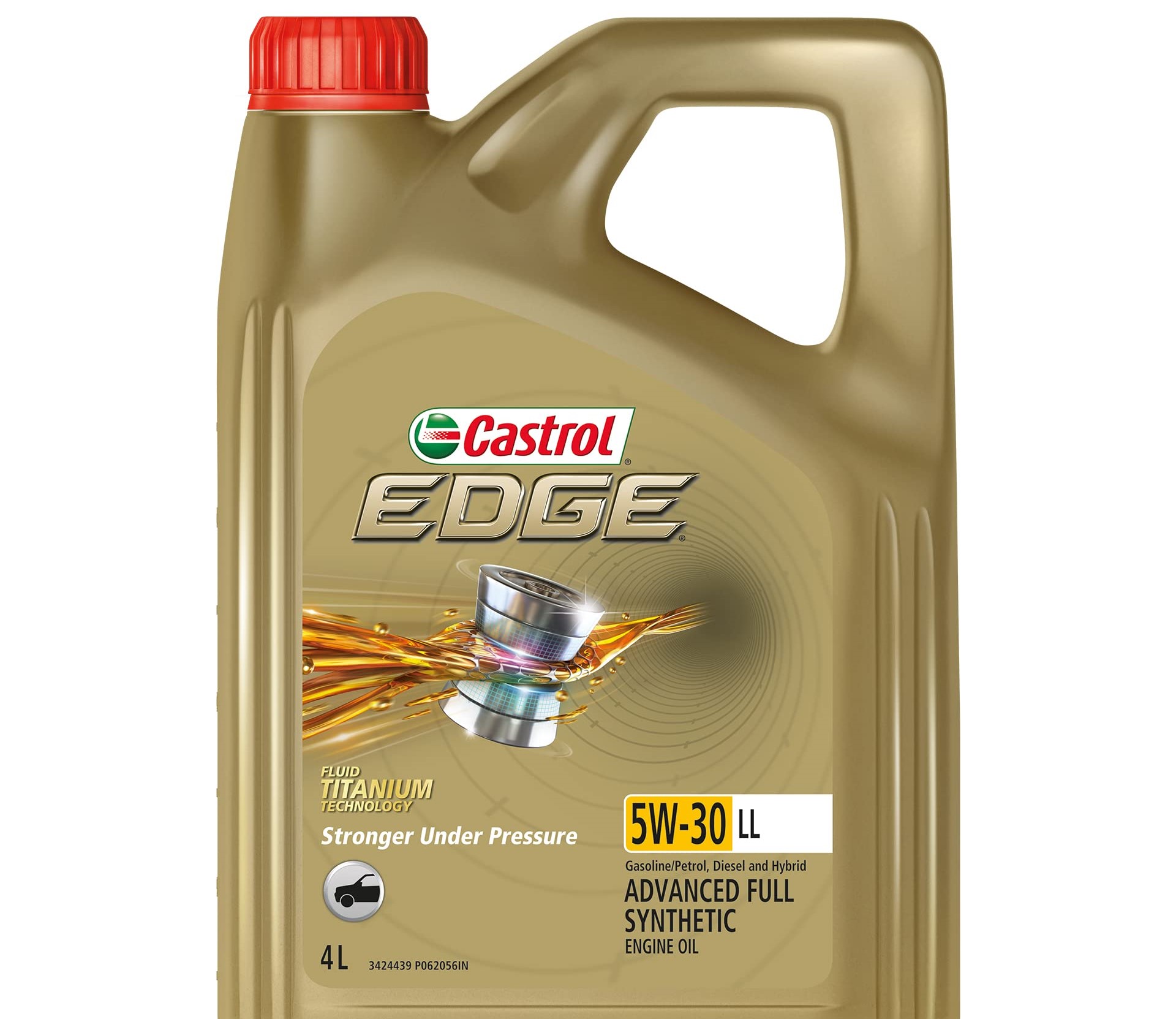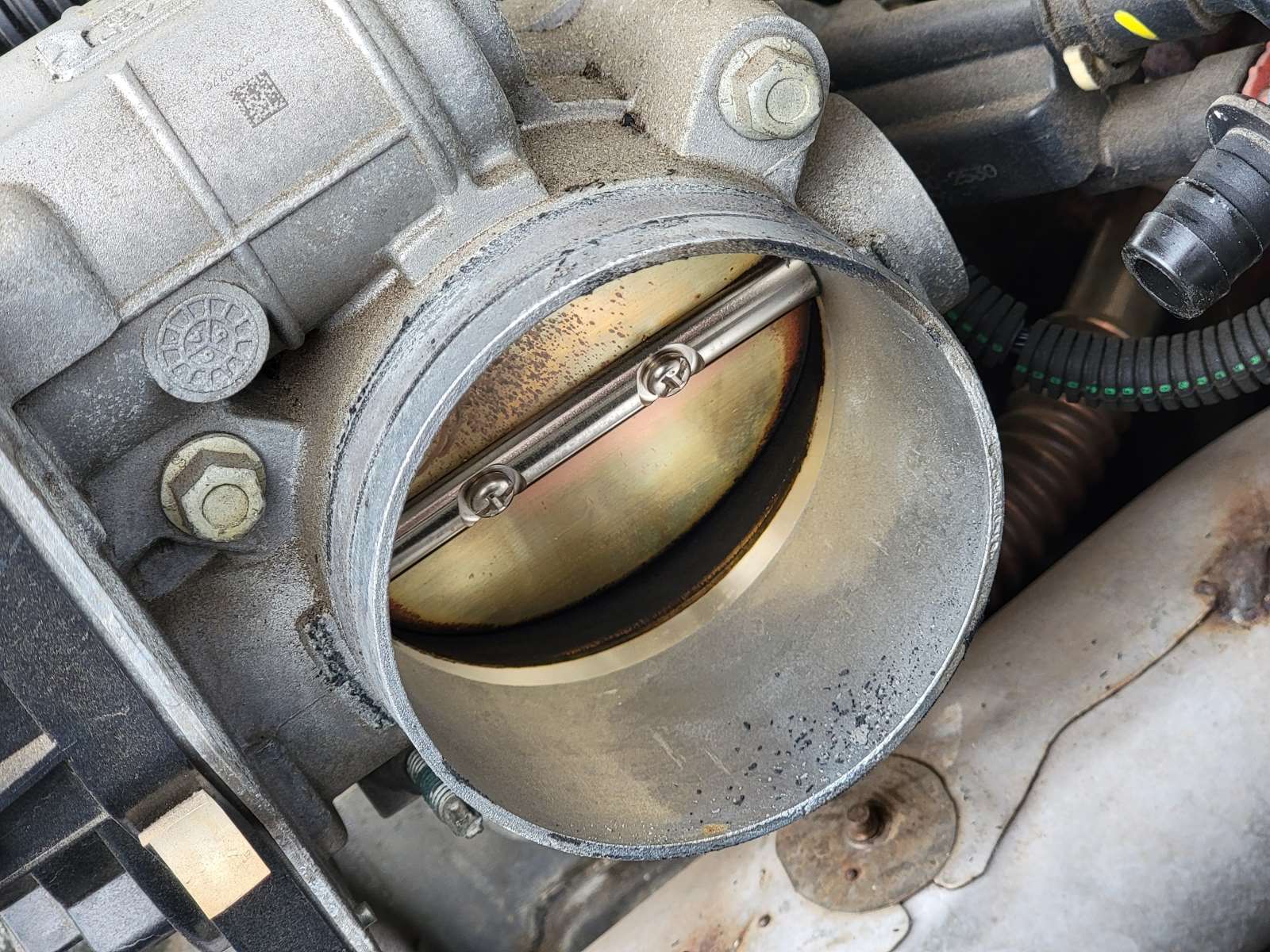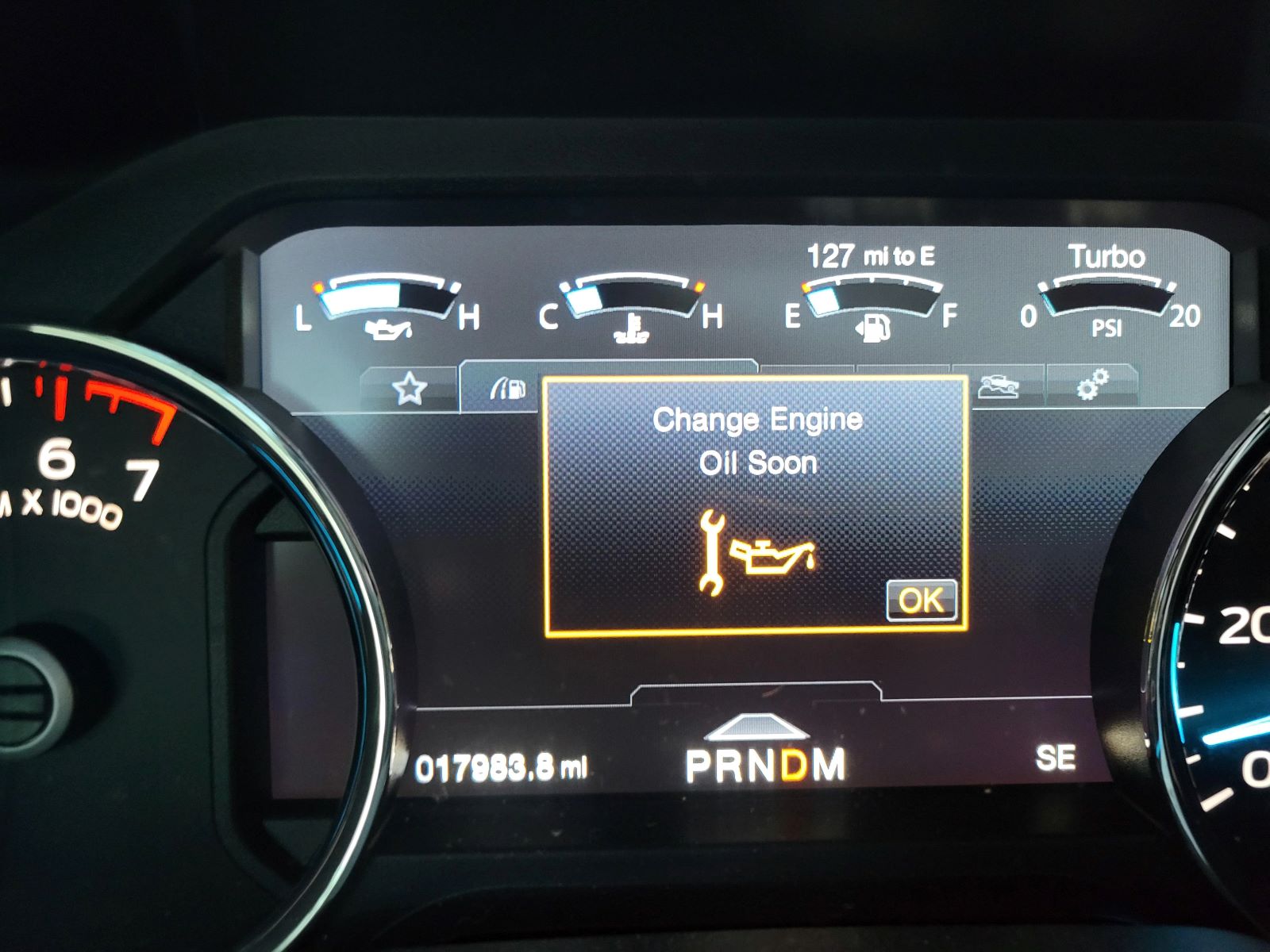Home>Automotive>The Surprising Purpose Of A Car Engine Block Freeze Plug
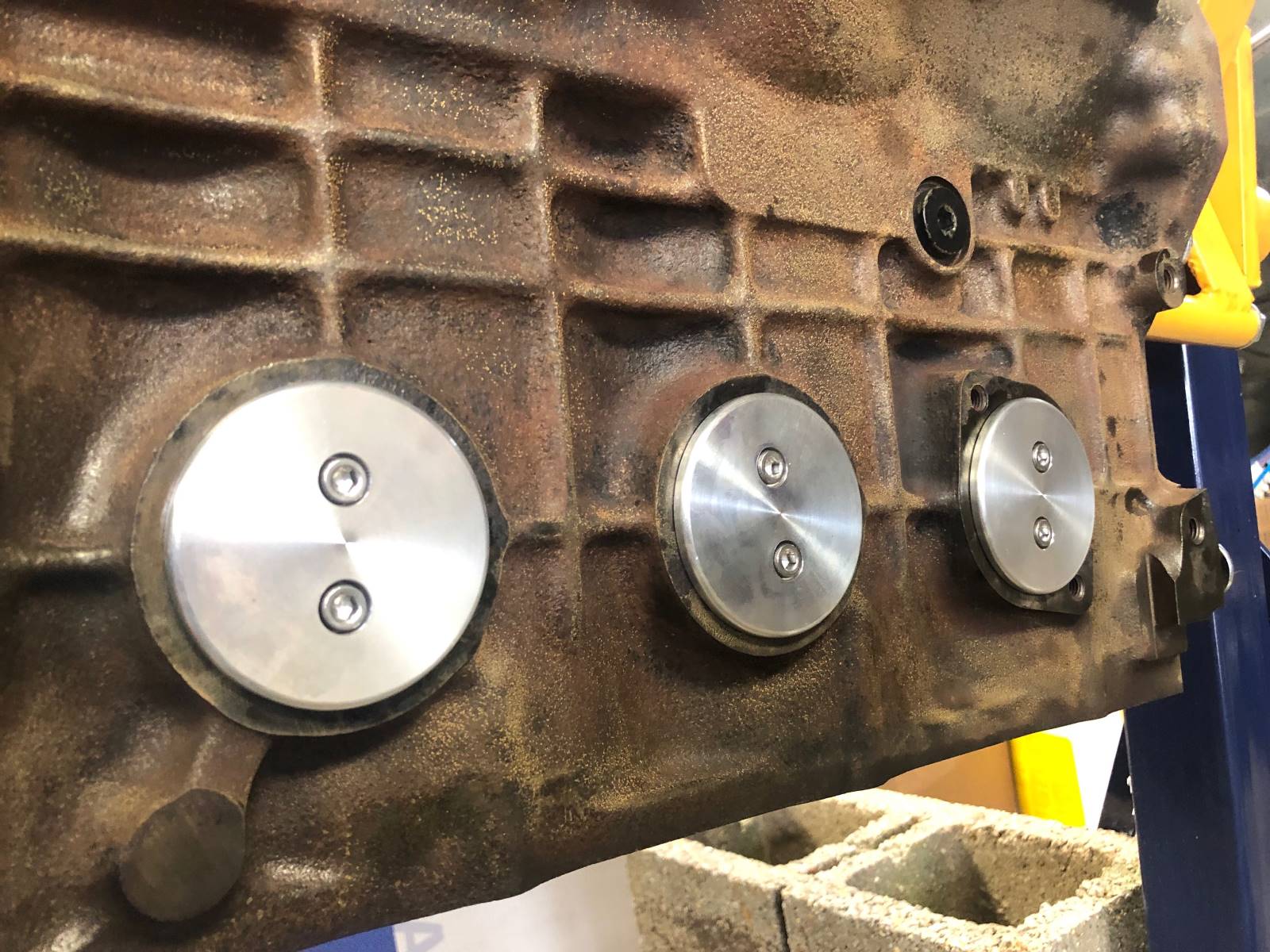

Automotive
The Surprising Purpose Of A Car Engine Block Freeze Plug
Published: January 22, 2024
Learn about the surprising purpose of a car engine block freeze plug and its importance in automotive maintenance. Discover how it protects your vehicle's engine.
(Many of the links in this article redirect to a specific reviewed product. Your purchase of these products through affiliate links helps to generate commission for Regretless.com, at no extra cost. Learn more)
Table of Contents
Introduction
When you think about the components that keep a car running smoothly, the engine block, pistons, and camshaft likely come to mind. However, there's a lesser-known yet crucial element that plays a significant role in the functionality of a vehicle's engine – the freeze plug. Despite its unassuming name, the freeze plug serves a vital purpose in the overall performance and durability of an engine.
The freeze plug, also known as an expansion plug or core plug, is a small, circular metal disk that is installed in the engine block and cylinder head. Its name might lead you to believe that its primary function is to prevent the engine from freezing in cold temperatures. However, its role goes beyond just safeguarding the engine from freezing; it plays a surprising and multifaceted part in maintaining the integrity of the engine.
As we delve deeper into the intricacies of the freeze plug, we'll explore its construction, function, and the surprising purpose it serves in the engine. Understanding the significance of the freeze plug will provide insight into the complex and interconnected systems that power our vehicles, shedding light on the often overlooked yet essential components that contribute to a car's performance and reliability.
Read more: The Purpose Of Holes In US Power Plugs And The Difference In Plug Sizes Compared To Europe
What is a Freeze Plug?
A freeze plug, also known as an expansion plug or core plug, is a small, circular metal disk that is strategically installed in the engine block and cylinder head of an internal combustion engine. Despite its name, the primary function of a freeze plug is not related to preventing the engine from freezing. Instead, it serves a crucial role in the construction, maintenance, and repair of the engine.
Typically made of steel or brass, freeze plugs are designed to fit into machined cavities in the engine block and cylinder head. These cavities, known as core plug ports, are incorporated into the engine casting during the manufacturing process. The freeze plugs are then pressed or driven into these ports, creating a tight seal to prevent coolant or oil from leaking out of the engine.
The terminology "freeze plug" is derived from the historical use of these plugs to prevent engine damage in extremely cold temperatures. In the past, when antifreeze technology was not as advanced as it is today, water-based coolant could freeze and expand, potentially causing the engine block to crack. In such instances, the freeze plugs would dislodge from their ports, releasing the pressure and preventing catastrophic damage to the engine.
However, modern freeze plugs are not solely dedicated to this function. While they still provide a safeguard against freezing, their significance extends to other critical roles within the engine. These include maintaining the structural integrity of the engine block, facilitating the casting process during manufacturing, and enabling access to the interior for cleaning and maintenance purposes.
The installation of freeze plugs also contributes to the overall durability and longevity of the engine, as they help to support the structural integrity of the engine block. Furthermore, in the event of a coolant leak, a damaged freeze plug can be replaced relatively easily, preventing more extensive and costly damage to the engine.
In essence, the freeze plug is a deceptively simple yet indispensable component of the engine, playing a pivotal role in ensuring the engine's functionality, longevity, and resilience. Its presence underscores the meticulous design and engineering that go into the construction of modern internal combustion engines, highlighting the interconnectedness of the various components within the system.
The Function of a Freeze Plug
The freeze plug, also known as an expansion plug or core plug, serves several essential functions within the engine. While its name suggests a singular purpose related to preventing freezing, the role of the freeze plug extends far beyond this initial impression.
1. Coolant Passage Sealing
One of the primary functions of the freeze plug is to seal the coolant passages within the engine block and cylinder head. As the engine generates heat during operation, the coolant circulates through these passages, absorbing and dissipating the heat to maintain optimal operating temperatures. The freeze plugs create a tight seal to prevent coolant from leaking out, ensuring that the engine remains properly cooled and preventing potential overheating and damage.
2. Structural Support
In addition to sealing coolant passages, freeze plugs provide structural support to the engine block. By filling the core plug ports, they contribute to the overall integrity and strength of the engine casting. This support helps to maintain the dimensional stability of the engine block, particularly in areas where the casting is thinner, enhancing the engine's durability and resistance to stress and vibration.
3. Casting Process Facilitation
During the manufacturing process of the engine block, the presence of freeze plugs plays a crucial role in facilitating the casting process. These plugs help to create the intricate internal passages and chambers within the engine block, allowing for the precise formation of coolant and oil channels. Once the casting is complete, the freeze plugs remain in place, ensuring the structural integrity of the engine while also enabling the efficient flow and circulation of vital fluids.
4. Maintenance Access
Freeze plugs also serve as access points for cleaning and maintenance within the engine. When necessary, these plugs can be removed to provide access to the interior of the engine block and cylinder head. This accessibility is valuable for tasks such as cleaning out debris, flushing the coolant system, or conducting repairs and upgrades. The ability to access the engine's interior through the freeze plug ports contributes to the overall serviceability and longevity of the engine.
5. Freeze Protection
While the name "freeze plug" harkens back to its historical role in preventing engine damage from freezing, modern antifreeze technology has significantly reduced the occurrence of freezing-related issues. Nevertheless, the presence of freeze plugs continues to provide a safeguard against potential freezing in extreme temperatures. Should the coolant freeze and expand, the freeze plugs can dislodge, releasing the pressure and minimizing the risk of engine damage.
In summary, the freeze plug's multifaceted functions encompass coolant passage sealing, structural support, facilitation of the casting process, maintenance access, and a historical role in freeze protection. This small yet critical component exemplifies the intricate design and engineering that underpin the reliable and resilient operation of internal combustion engines.
The Surprising Purpose of a Freeze Plug
Amidst its primary functions related to sealing coolant passages, providing structural support, facilitating the casting process, and enabling maintenance access, the freeze plug also serves a surprising yet pivotal purpose in the engine – it acts as a critical indicator of potential issues within the cooling system.
When a freeze plug dislodges or leaks, it can serve as an early warning sign of underlying problems within the engine's cooling system. The sudden expulsion of a freeze plug may indicate excessive pressure buildup due to a malfunctioning thermostat, a blockage in the cooling passages, or a compromised head gasket. In such instances, the expulsion of the freeze plug alleviates the pressure, preventing potential damage to the engine.
Furthermore, the condition of the freeze plugs can provide valuable insights into the overall health of the engine. A thorough inspection of the freeze plugs during routine maintenance or troubleshooting activities can reveal signs of corrosion, erosion, or coolant leaks. These indicators can prompt proactive measures to address potential issues before they escalate, safeguarding the engine from more extensive damage and costly repairs.
The surprising purpose of the freeze plug as an indicator of cooling system issues underscores its role as a sentinel within the engine. Its ability to signal potential problems and vulnerabilities contributes to the overall reliability and longevity of the engine, allowing for timely interventions to maintain optimal performance and prevent catastrophic failures.
In essence, the freeze plug's role as a diagnostic tool adds a layer of functionality beyond its fundamental mechanical functions. It serves as a guardian of the engine's well-being, offering early warnings and insights that enable proactive maintenance and preservation of the engine's integrity.
The unassuming freeze plug, often overshadowed by more prominent engine components, emerges as a silent yet invaluable ally in the ongoing care and maintenance of the engine. Its surprising purpose underscores the interconnectedness of the engine's systems and the intricate web of indicators that contribute to its reliable operation.
This unexpected dimension of the freeze plug's purpose illuminates the depth of its contributions to the engine's functionality and underscores the significance of its presence within the intricate machinery that powers our vehicles.
Read more: How To Determine The Engine Type Of Your Car
Conclusion
In conclusion, the freeze plug, often underestimated and overshadowed by more prominent engine components, emerges as a silent yet invaluable ally in the ongoing care and maintenance of the engine. Its multifaceted functions encompass coolant passage sealing, structural support, facilitation of the casting process, maintenance access, and a historical role in freeze protection. However, the surprising purpose of the freeze plug as an indicator of potential issues within the cooling system adds a layer of functionality beyond its fundamental mechanical functions. It serves as a guardian of the engine's well-being, offering early warnings and insights that enable proactive maintenance and preservation of the engine's integrity.
The unassuming freeze plug plays a pivotal role in ensuring the engine's functionality, longevity, and resilience. Its presence underscores the meticulous design and engineering that go into the construction of modern internal combustion engines, highlighting the interconnectedness of the various components within the system. Moreover, its ability to provide early warnings of potential cooling system issues contributes to the overall reliability and longevity of the engine, allowing for timely interventions to maintain optimal performance and prevent catastrophic failures.
As vehicle technology continues to advance, the role of the freeze plug remains indispensable in preserving the health and performance of internal combustion engines. Its surprising purpose as a diagnostic tool illuminates the depth of its contributions to the engine's functionality and underscores the significance of its presence within the intricate machinery that powers our vehicles. The freeze plug stands as a testament to the intricate web of indicators that contribute to the reliable operation of the engine, offering valuable insights into the engine's well-being and serving as a critical component in the ongoing maintenance and care of the vehicle.
In essence, the freeze plug's significance extends far beyond its unassuming appearance, embodying the complexity and interconnectedness of the systems that power our vehicles. Its surprising purpose as a diagnostic sentinel within the engine reinforces its status as an essential and often underappreciated component, deserving recognition for its multifaceted contributions to the reliability, longevity, and performance of internal combustion engines.
